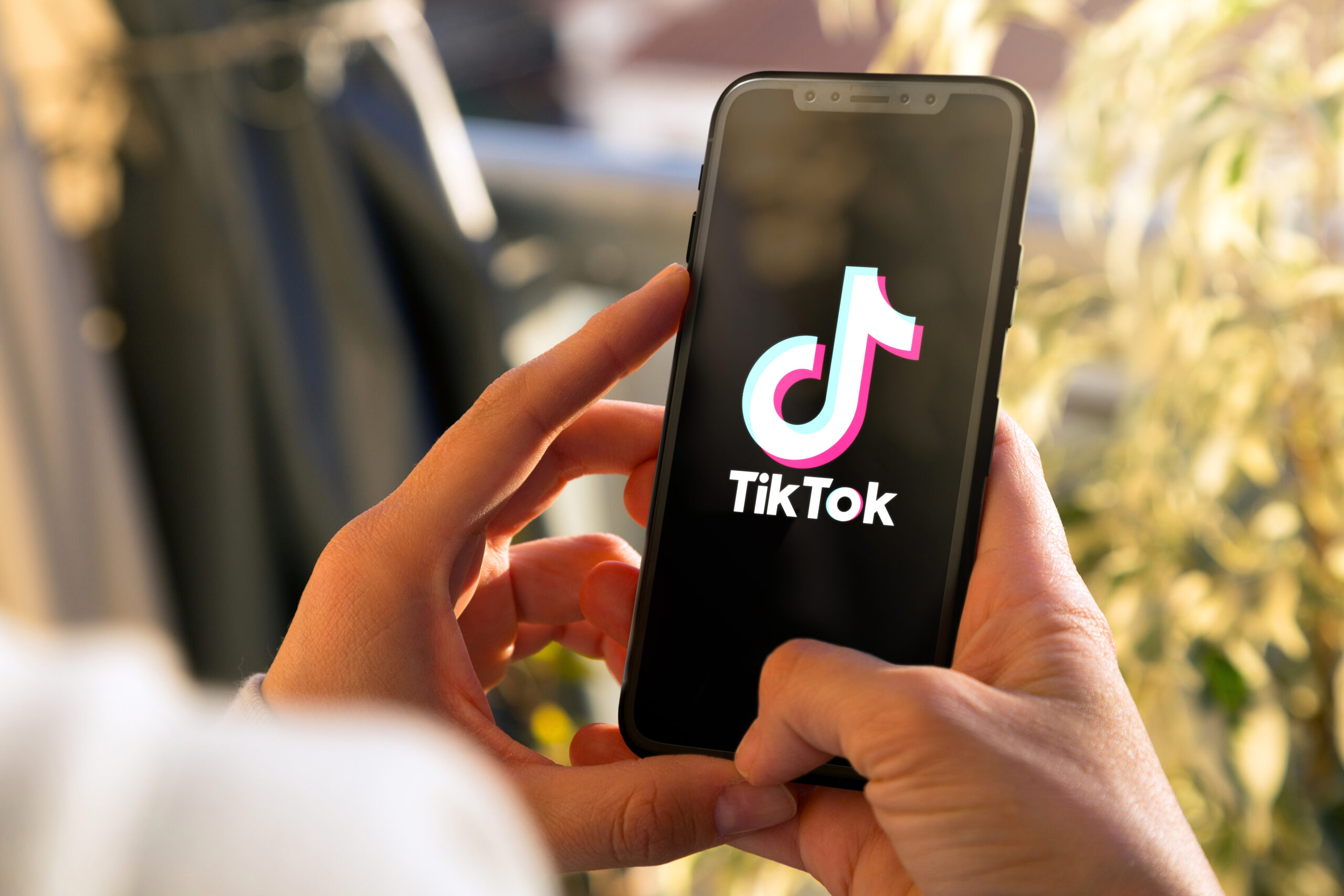The world’s most famous tennis tournament is in full swing with its rich heritage and traditions proudly on show but look a little closer and you start to see how Wimbledon has transformed itself to appeal to younger audiences.
In the 140 years of Wimbledon’s existence many of the traditions have remained; the strawberries and cream, the all-white clothing rule, the Pimms, the rain and the general prestigious feel for the two weeks of the summer. Although the emphasis on tradition is evident, Wimbledon has quietly modernised and shifted into new markets.
The longest-established Grand Slam event has done so by effectively making use of digital media to spread its message and engage with new fans thanks to the help of its long-term partner IBM. The official supplier of information technology is quick to provide more than 3 million data points from 19 different courts over the course of the fortnight. These then provide insights not only to commentators but to social media platforms and millions of digital devices around the world making it a fan engagement opportunity for spectators in attendance and people all around the world.
Mick Desmond, AELTC commercial and media director told the BBC that 2017 brings a whole new offering of digital features including:
- A new real-time tool to highlight matches of particular interest and quality, and not necessarily just those on the main show courts
- IBM Slam Tracker – a cross-platform application that provides real time scores, stats and insights for all matches in progress
- Apps for those attending have been enhanced by the Ask Fred assistant which allows fans to plan their day and make the most of their visit
- On Wimbledon’s digital platforms this year there will be computer generated highlights from six main courts – Centre, One, Two Three, 12 and 18
- A 360 degree camera view will also be provided from the practice courts
- IBM is also using all of the data and cognitive computing capabilities put in place for the Championship, to try and work out for fans the characteristics that it takes to be “a great champion”.
Wimbledon has also recognised the increasing importance of a strong social media presence. The Championships’ Instagram feed has well over a million followers which is considerably more than the Aussie Open which comes in at second place with 700k. Last year saw the addition of Snapchat with a ‘create your own story’ element encouraging users to share personalised photo-based videos as well as multiple themed filters and a new update for 2017 to support live updates from fans on the ground are the four Wi-Fi hotspots in areas of the grounds.
The brand has strategically catered for a global audience, translating their copy in to a number of different languages and hosting Facebook pages for fans in Korea, Japan, India, and Spanish speaking nations. Content is also being produced for bespoke social media feeds in China and messenger services in Japan- each being tailored to their specific audiences.
The digital era has undoubtedly upped consumer expectations and there is more pressure than ever on brands to continually deliver engaging and relevant experiences. The All England Club have thoroughly lived up to the challenge and seem to be ahead of the game as far as tennis tournaments are concerned. They have successfully and subtlety managed to reinvent the brand whilst remaining true to the heritage of the event increasing its revenue streams and using sponsors to really add value to the event. If the rest of tennis could follow Wimbledon’s lead it might only a matter of time before it becomes a contender for global fan bases with the likes of the Premier League.






